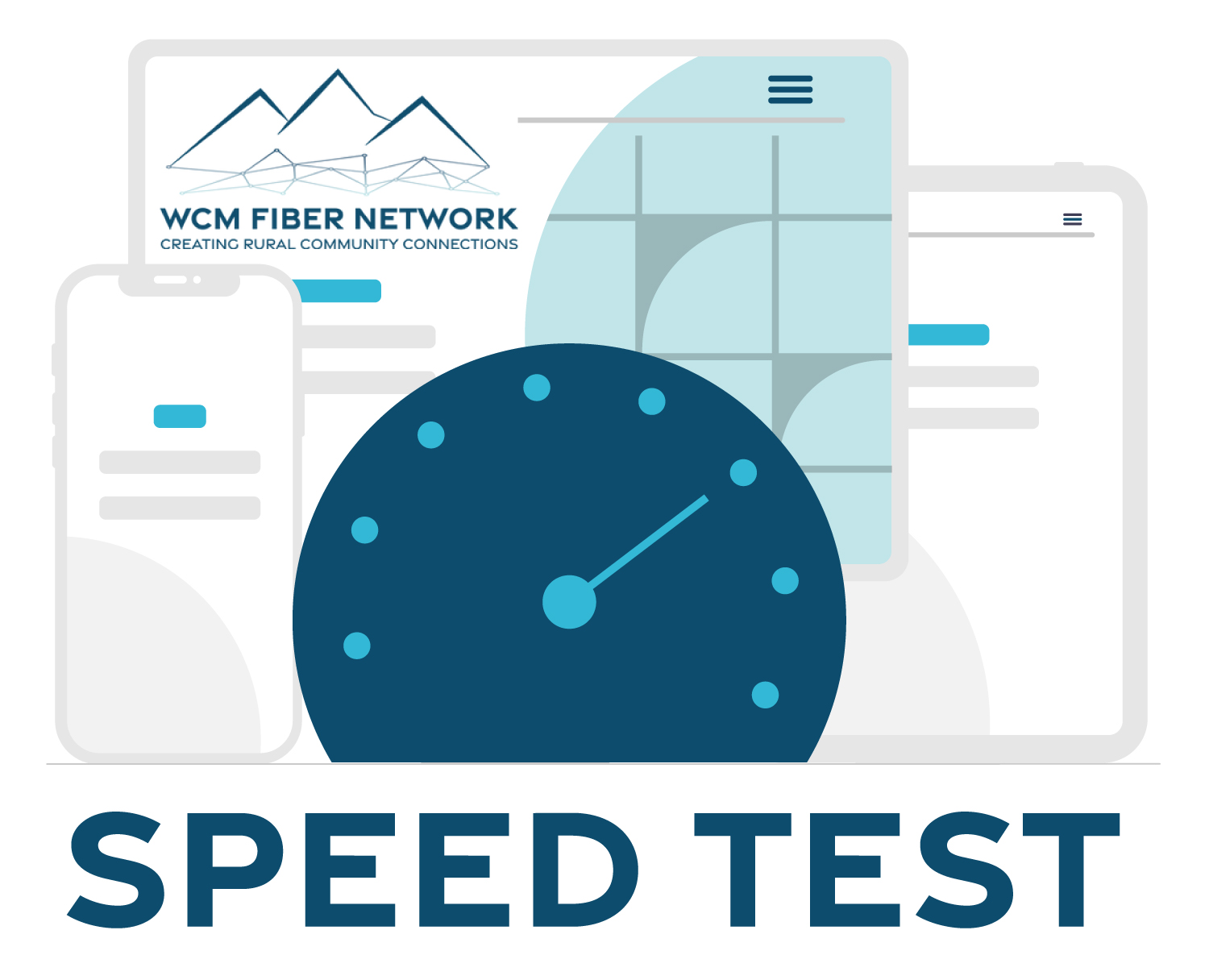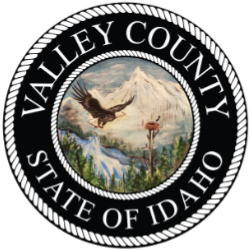Speed Test
Speed Test
As a resident of Valley and North Adams County, you're invited to test your internet speed. Valley County as part of the West Central Mountains Fiber Network Taskforce has launched a crowd-sourced speed test that aims to collect and share data about internet availability in every region of Valley and North Adams Counties.
This data will then be used to help us understand our connectivity needs and seek funding to build critical fiber optic and broadband infrastructure.

How Does the Speed Test Work?
Below, enter your GPS location or the address where you are taking the test and click "Let’s Do It". Unless you enter an address with no available service, the address that you enter should be the address where you are right now. Your location, internet provider, and upload/download results will be recorded on the Speed Test Map. Visit our FAQ section below for more information on the test and the WCM Fiber Network Taskforce.
The WCM Fiber Network Taskforce has launched a crowd-sourced Speed Test initiative that will collect data about internet access in every part of the county. This data will provide a uniform statistical analysis of services within geographic areas and will help the county to pursue funding for fiber installation and broadband service.
No. The only information collected is the location of the speed test to populate the map, the company or service providing internet access, number of subscribers who have taken the test, and the speed upload and download times.
Now through June 2022.
Yes. You can run the speed test more than once from the same location. Or you can run it from different locations using different technology, such as a laptop, cell phone, or tablet.
- Speedtest servers may perform differently. Generally, you will get faster speeds from servers closer to you.
- Devices (phones, tablets, PCs, etc…) can have very different Wi-Fi and cellular radio capabilities. This means you might get one Speedtest result on one device and a different result on another, even using the same provider. Some devices may not be able to measure the full speed of your internet service. It’s also possible that your Wi-Fi router doesn’t support the full speed of your service.
- Browsers (Chrome, Firefox, Edge, Safari, etc…) have different capabilities and may provide different results, particularly on high-speed connections.
If you have internet access at home or on your phone, use the “My GPS Location” option.
If you have public access to a computer, you can go to the speed test page and put in your address and indicate that you have no service.
If you are running a VPN (Virtual Private Network), we advise turning that off before running the speed test. A hardwired security camera will have negligible impact on your upload and download speeds.
VPN stands for Virtual Private Network.
- Middle Mile: Middle mile is a term most often referring to the network connection between the last mile and greater Internet. For instance, in a rural area, the middle mile would likely connect the town's network to a larger metropolitan area where it interconnects with major carriers.
- Last Mile: Describes the final leg of a connection between a service provider and the customer. In DSL and cable systems, this is the most frequent bottleneck and the most expensive to resolve. The service provider may run a faster fiber-optic network into the neighborhood but deliver the last mile (which could be considerably less than a mile -"last" is the operative term) with phone lines that cannot sustain fast speeds.
The West Central Mountains Fiber Network Taskforce is a coalition of community leaders exploring the feasibility of deploying community-owned fiber optic infrastructure (the WCM Fiber Network) throughout Valley and North Adams Counties.
If this network were to be built, the project would be developed with the following principles:
- Nobody will be forced to participate. Participation would be on a voluntary, opt-in basis.
- Taxes would not be increased to fund the network.
- The ongoing operation of the network would be self-sustaining and not dependent on any kind of subsidy from the city or county.
- Significantly increase the speed and reliability of internet access.
- Lower the cost of internet access for both residents and businesses.
- Increase competition giving residents and businesses multiple choices of new Internet Service Providers. (4 – 5 new options).
- Build a state-of-the-art network that will improve economic development and foster innovation.
- Leverage the network to improve the services provided in the city including public safety, transportation, healthcare, education, emergency communications, transactive energy (smart grid) and new services that will become possible with advanced network infrastructure.
Fiber optic cable is the foundational technology for network infrastructure and communications. Instead of sending electrical signals over copper wire or radio waves transmitted through the air, fiber uses small strands of glass to send light signals over great distances. Fiber is not only the fastest way to send data, it's also stronger, more reliable, and harder to hack than cable, DSL, or fixed wireless. Fiber is not subject to interference like copper or wireless, so it won't matter if the weather gets bad or if everyone in the neighborhood is streaming at the same time.
FAST. Not just fast - the fastest there is, by far. Fiber is the fastest technology there is and will be the fastest for a long, long time. Nothing else comes close.
- DSL max speed: 100 Mbps
- Coax (Cable) max speed: 940 Mbps
- 5G Wireless max speed: 2,000 Mbps
- Fiber max speed (today): 25,000,000 Mbps
It's logical to worry that the rapid evolution of technologies will make an investment in fiber obsolete. Fiber is unique because it is so resistant to displacement by another technology. The current capacity of fiber is far beyond demand, and we cannot see the horizon for which demand will outpace the capacity of fiber.
The entire world has invested in fiber optics as the new backbone of communications. Businesses and municipalities alike have laid fiber and will continue to lay fiber. The chances of something better replacing fiber in the next 50 years are close to zero.
